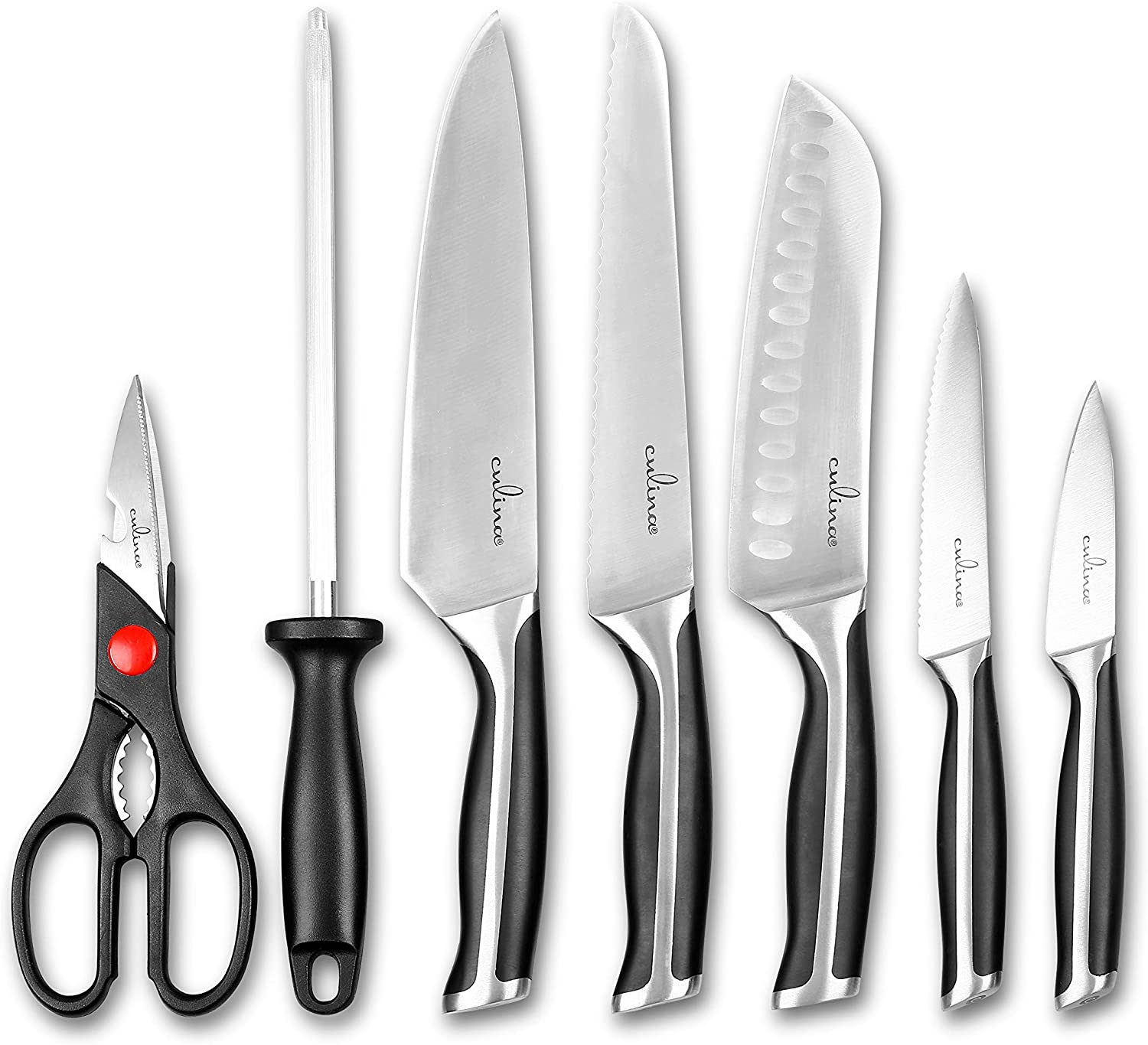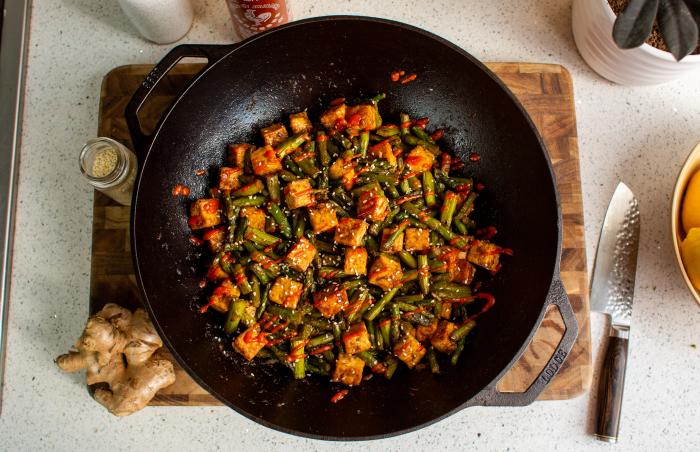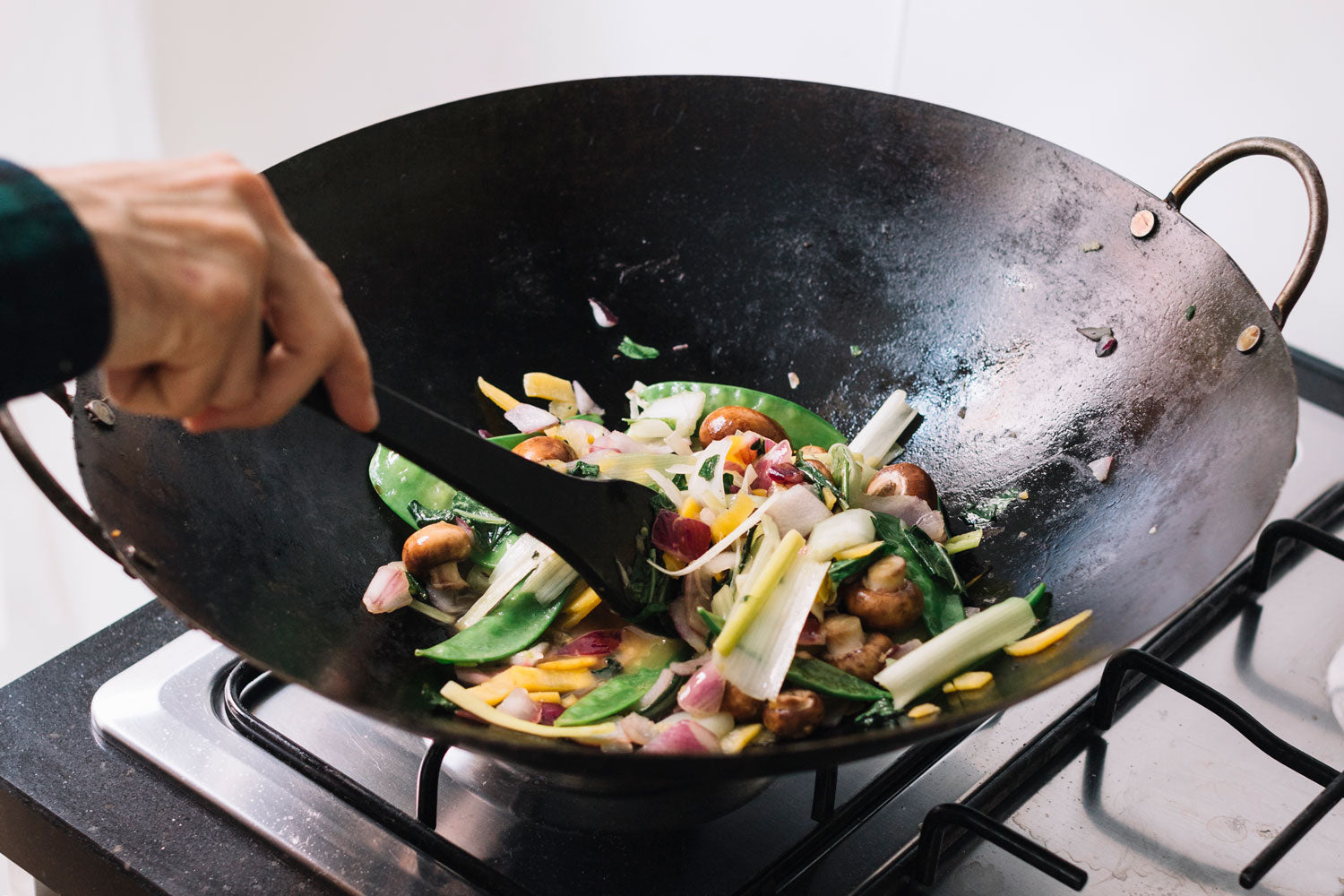Maintaining a clean and properly cared for wok is paramount for any kitchen professional. The question, how to wash wok, may seem simple, but it's a crucial skill that can significantly impact the taste and safety of the food you prepare. This guide is tailored for those culinary experts who understand that the tools of the trade deserve as much attention as the ingredients themselves.
Woks are versatile cooking instruments, cherished for their ability to stir-fry, steam, and braise various dishes. However, with this versatility comes a unique set of washing and maintenance requirements. This article will delve into the proper techniques for washing a wok, ensuring it remains in peak condition for your culinary creations.

Why Properly Washing a Wok Matters
The importance of understanding how to wash wok cannot be overstated. A well-maintained wok not only enhances the flavor of your dishes but also prolongs the lifespan of the equipment. Here are several reasons why proper care of your wok is essential:
- Flavor Preservation: Residual flavors from previous cooking can influence new dishes. Ensuring it's washed thoroughly prevents cross-contamination.
- Health and Safety: Bacteria can thrive in unclean woks, posing health risks. Regular washing minimizes these concerns.
- Efficiency: A clean wok heats evenly, promoting better cooking performance.
Understanding the Different Types of Woks
Before diving into the washing process, it's essential to recognize the different types of woks:
- Carbon Steel Woks: Known for excellent heat conduction; these require specific care techniques to maintain their seasoning.
- Non-Stick Woks: Easier to clean but can be damaged by harsh scrubbers. Special care is advised.
- Cast Iron Woks: Retain heat exceptionally well but require seasoning and preventive measures against rust.

Steps to Wash a Wok Effectively
Regardless of the type, the following steps provide a solid framework for properly **washing your wok**:
1. Cool Down Your Wok
It's vital to allow your wok to cool completely after cooking. Rapid temperature changes can warp the metal. Once cool, it's easier to manage leftover food particles.
2. Soak for Easier Cleaning
If there are stubborn residues, soaking your wok in warm water for a few minutes before scrubbing can help.
3. Use Gentle Scrubs
A soft sponge or brush is ideal for cleaning a wok. Avoid steel wool or metallic scrubs, particularly for non-stick woks, to maintain the surface integrity.
4. Be Mindful of Soap
While it's tempting to apply dish soap, excessive soap can strip essential oils from the seasoned surface of a carbon steel wok. If necessary, opt for a mild detergent.
5. Rinse Thoroughly
Ensure all soap and food residues are rinsed away thoroughly with warm water. Any leftover cleaning agent can affect the flavor of future dishes.
6. Dry Properly
After washing, dry your wok completely with a soft cloth or paper towel. For carbon steel woks, it's beneficial to heat the wok slightly on the stove to ensure all moisture evaporates and to prevent rust.

Re-seasoning Your Wok
For those working with carbon steel woks, re-seasoning can be a pivotal step following washing. Re-seasoning enhances the woks longevity and improves its non-stick properties. If you seek a step-by-step guide, consider reading this article on how to season a steel wok.

Common Mistakes to Avoid When Washing Your Wok
Even experienced kitchen professionals can make errors in maintaining their woks. Here are some pitfalls to watch out for:
- Using Steel Wool: This can scratch the surface and remove the seasoning.
- Soaking Too Long: Over-soaking can lead to rust, especially in carbon steel.
- Using Harsh Chemicals: Opt for natural cleaning products when possible.
Conclusion
Knowing how to wash wok properly is an invaluable skill in the culinary world. The maintenance of your tools not only ensures the quality of your dishes but also demonstrates professionalism in your kitchen practice.
In addition to regular washing, consider learning about how to re-season wok and how to make fried rice in wok for a well-rounded approach to wok cooking.
For more insights into wok cooking and maintenance, check out this resource on wok cooking.
As an Amazon Associate, I earn from qualifying purchases.






Leave a comment
This site is protected by hCaptcha and the hCaptcha Privacy Policy and Terms of Service apply.